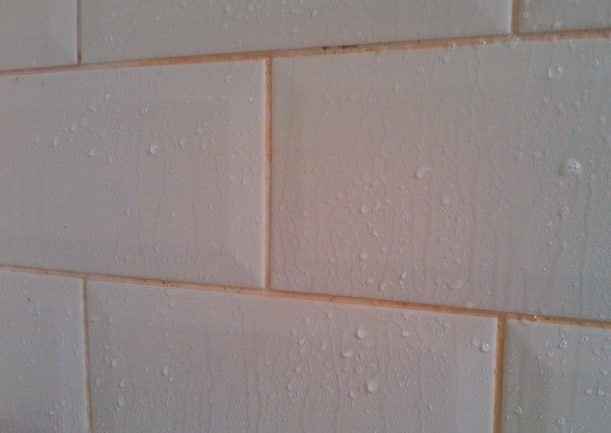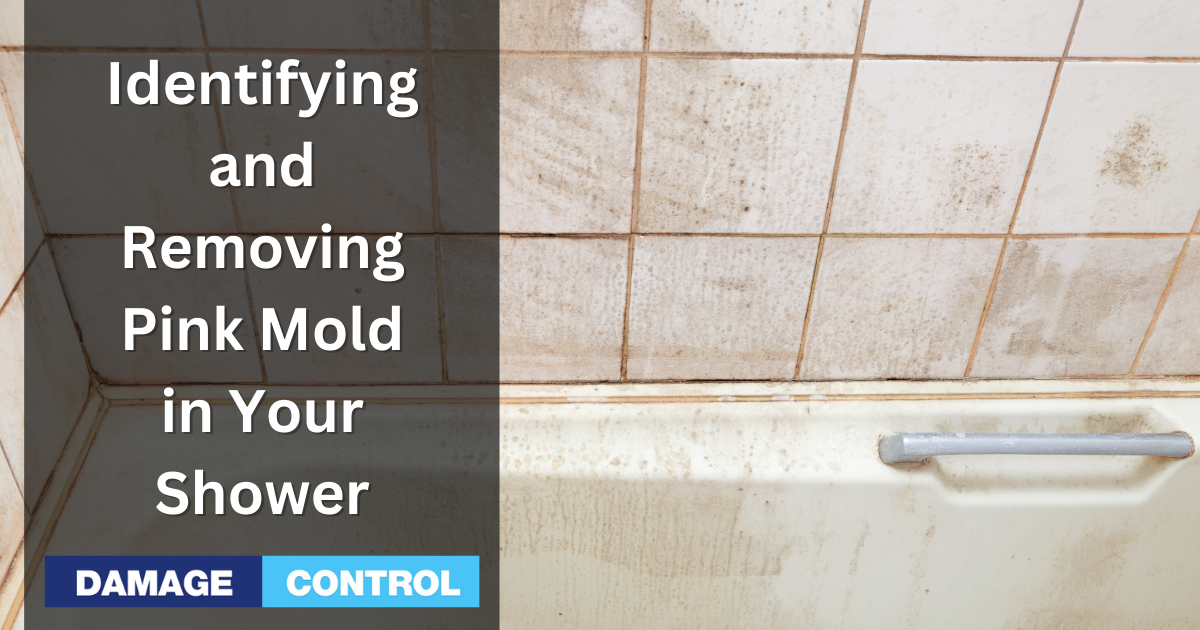The shower should be a bastion of cleanliness in one's home. It is where you can go after a long day and clean yourself. However, that does not mean that the shower is invincible against the nasty menace that is mold. One of the worst types of mold that can be encountered in the shower is that of pink mold.
Here, you will learn everything about pink mold in your shower. You will know what pink mold is, how it grows in your shower, how you can get rid of it, and most importantly, how to keep it from returning.
What is Pink Mold?

The first thing you need to understand about Pink Mold is that it is not actually a mold—at least, not one type. Mold is a type of fungus, a multi-cellular organism. Pink mold, on the other hand, is not a fungus. Instead, pink mold is a bacteria, which is a single-celled organism.
There is a separate type of pink mold, Aureobasidium pullulans, which is a mold. It is called such due to its initially pink coloration (though it does darken over time into a brownish color).
Serratia marcescens
Pink mold is a bacteria called Serratia marcescens. It is a bacteria that thrives on moisture, much like mold, in warm environments. When you pair that information with the fact that pink mold feeds off of fatty substances (such as the ones found in soap residue), it becomes easy to draw the conclusion that your shower is the perfect place for mold to grow.
Aureobasidium pullulans
Unlike the prior-mentioned Serratia marcescens, Aureobasidium pullulans is a mold. While it is not as common as its bacterial counterpart, it is similar regarding its growing habits and what it needs to sustain itself. It needs moisture and nutrients, both provided by the shower.
Health Effects of Pink Mold
You can breathe a small sigh of relief of knowing that if you spot pink mold in your shower that you will not immediately contract any kind of illness. Pink mold does not pose the immediate risk that black mold does. That is not to say that pink mold cannot cause health problems, it simply takes longer to do so, and typically in people whose immune systems are already compromised.
Health effects of Pink mold:
- Urinary tract infections
- Intestinal distress
- Pneumonia (in rarer cases)
What Causes Pink Mold?
A build-up of bacteria typically causes pink mold. If there is a clog in your shower's drain, that can promote bacteria growth, especially if there are remnants of soap and body washes in the clog. Pink mold feeds on fatty substances commonly found in soaps and personal hygiene products. Once the growth starts, it does not typically take long before you will see the visual signs, with a concentration of the pink coloration around the drain of your bathtub.
How to Get Rid of Pink Mold in the Shower
You must first go after the source to get rid of pink mold. The very first thing you need to do is rid your shower drain of any clogs that may be present. The clog is likely the source, but other factors could be at play, so getting rid of it first will take care of the chief cause of the growth. If an odor from the drain is the problem and no clog exists, you must choose a different strategy to eliminate the odors and subsequent mold.
The Right Solution
Once you have gotten rid of the clog, the time has come for cleaning. You will want to use a cleaning solution to kill both pink mold forms. You need a cleaner that works as an anti-bacterial and anti-fungal. Chlorine or bleach can both effectively do the job. Be sure to wear gloves when handling such chemical cleaners. You also want to dilute any bleach that you use by one-half with water.
You should pour some of the bleach solution down the drain so that it can kill any of the pink mold that may be lurking. You then want to apply the bleach to all of the affected areas, let it set for a few minutes, and then wipe it away. Once you have done this, you can rinse it out.
If you do not want to use a chemical as abrasive as bleach then do not worry. A solution of baking soda mixed with dish soap can be incredibly effective. Mixing ¼ cup of baking soda with a tablespoon of dish soap can produce a surprisingly effective cleaning paste that can kill pink mold if it is set up for roughly ten minutes after application.
Get the Air Flowing
Once you have cleaned out the pink mold from your shower and bathroom, opening a window or placing a decent-sized fan in the bathroom would be a good idea to get some fresh air going. Good ventilation will help dry the area out and create an environment where mold cannot thrive.
When You Should Call in a Professional For Help
The good news about pink mold is that you should be able to get rid of it without any professional help. As pink mold is not especially dangerous and can be gotten rid of with fairly simple cleaning solutions, you should be able to get rid of it on your own with few, if any, problems.
How to Prevent Pink Mold From Coming Back
You will be happy to know that the best way to keep pink mold from coming back is to simply do regular cleaning in your shower. At least once a week, do a deep cleaning of your shower and shower curtain, you will be able to prevent pink mold from occurring again.

